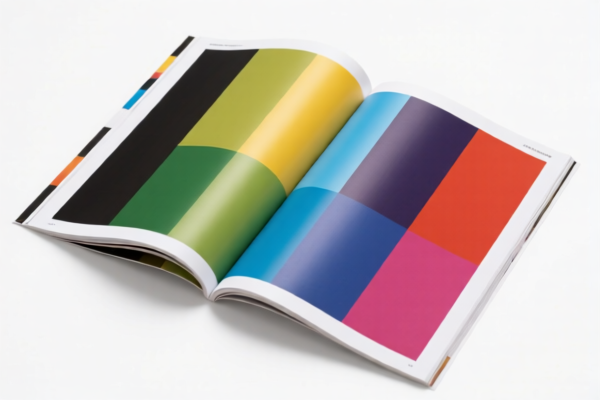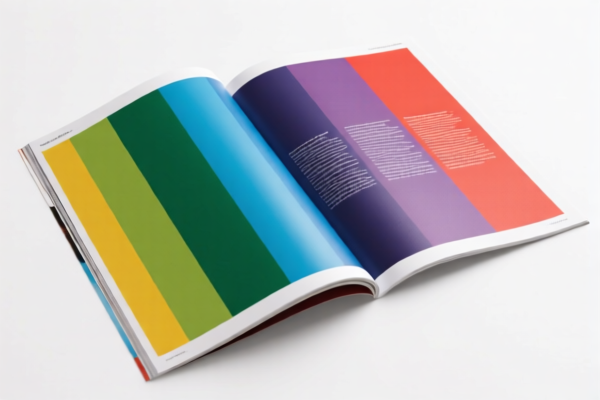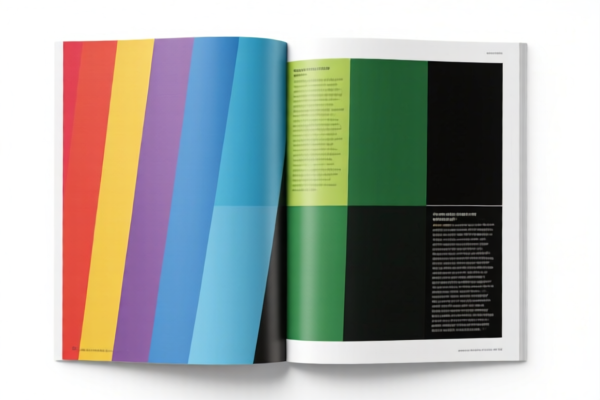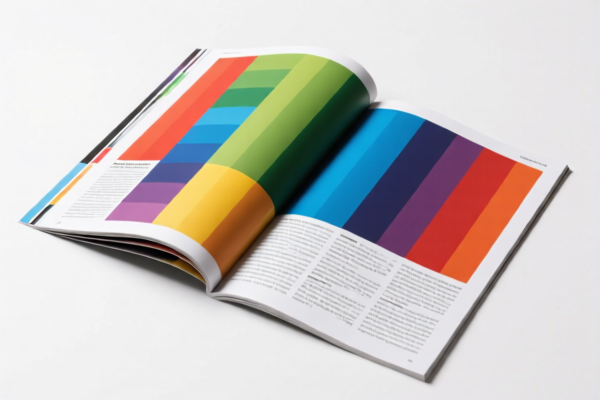| HS Code | Official Doc | Tariff Rate | Origin | Destination | Effective Date |
|---|---|---|---|---|---|
| 4811592000 | Doc | 55.0% | CN | US | 2025-05-12 |
| 4811906010 | Doc | 55.0% | CN | US | 2025-05-12 |
| 4823901000 | Doc | 55.0% | CN | US | 2025-05-12 |
| 4823906000 | Doc | 55.0% | CN | US | 2025-05-12 |
| 4911100080 | Doc | 37.5% | CN | US | 2025-05-12 |
| 4911914040 | Doc | 37.5% | CN | US | 2025-05-12 |
| 4901100020 | Doc | 37.5% | CN | US | 2025-05-12 |
| 4901100040 | Doc | 37.5% | CN | US | 2025-05-12 |




Color Page
A color page refers to a page featuring imagery rendered in color, typically as opposed to black and white or grayscale. The specific characteristics and purpose of a color page vary significantly depending on the context in which it is found.
Materials
The materials used to create color pages are diverse, mirroring the breadth of artistic and printing techniques. Common materials include:
- Paper: Various weights and finishes of paper are used, ranging from newsprint for comics to high-quality coated stock for art books.
- Ink: Traditionally, inks were oil-based or water-based, with color achieved through pigment mixtures. Modern color pages utilize CMYK (Cyan, Magenta, Yellow, and Key/Black) process color printing. Digital printing uses toners.
- Paints: Watercolors, acrylics, oils, and other paints are used for original artwork.
- Digital Media: Tablets, styluses, and specialized software are used for creating digital color pages.
Purpose
The purpose of a color page is multifaceted:
- Aesthetic Appeal: Color enhances visual engagement and can evoke specific moods and emotions.
- Information Conveyance: Color can be used to highlight details, differentiate elements, and improve clarity.
- Narrative Enhancement: In comics and manga, color can emphasize dramatic moments, character emotions, or thematic elements.
- Marketing & Advertising: Color pages are used in brochures, magazines, and advertisements to attract attention and promote products or services.
- Artistic Expression: Color pages serve as a medium for artists to showcase their skills and creativity.
Function
The primary function of a color page is visual communication. This is achieved through:
- Representation: Depicting subjects realistically or stylistically.
- Emphasis: Drawing attention to key elements through color choice and contrast.
- Differentiation: Distinguishing between objects, characters, or areas within an image.
- Emotional Impact: Using color psychology to evoke specific feelings or responses.
Usage Scenarios
Color pages are found in a wide range of applications:
- Comics & Manga: Color pages are often used for cover art, splash pages, or key moments within a story.
- Art Books & Illustration: Showcasing artwork in full color.
- Magazines & Newspapers: Used for advertisements, feature articles, and photographs.
- Children’s Books: Illustrations to engage young readers.
- Brochures & Flyers: Marketing materials to promote products or services.
- Coloring Books: Outlines designed for users to add their own color.
- Digital Art: Online comics, illustrations, and concept art.
Common Types
While the term "color page" is broad, some common variations exist:
- Full Color Page: The entire page is rendered in color.
- Spot Color Page: Specific areas of the page are colored, while the rest remains black and white.
- Splash Page: A full-page illustration, often in color, used for dramatic effect.
- Double-Page Spread: A color illustration spanning two pages.
- Cover Page: The exterior of a book or comic, typically featuring color artwork.
- Digital Color Page: Created and displayed electronically.
Based on the provided information, “color page” can potentially fall under several HS code classifications depending on its specific characteristics and intended use. Here's a breakdown of relevant HS codes:
-
4811592000: This code covers paper, paperboard, cellulose wadding and webs of cellulose fibers, coated, impregnated, covered, surface-colored, surface-decorated or printed, in rolls or rectangular sheets, other than goods described in headings 4803, 4809 or 4810. Specifically, it applies to paper and paperboard coated, impregnated or covered with plastics (excluding adhesives), in strips or rolls exceeding 15 cm in width or rectangular sheets with one side exceeding 36 cm and the other exceeding 15 cm when unfolded. This would apply if the color page is a plastic-coated paper product meeting these dimensional requirements and is used as printing paper. The total tax rate is 55.0% (0.0% basic tariff + 25.0% additional tariff, increasing to 30% after April 2, 2025).
-
4811906010: This code applies to other paper, paperboard, cellulose wadding and webs of cellulose fibers, in strips or rolls exceeding 15 cm in width or rectangular sheets with one side exceeding 36 cm and the other exceeding 15 cm when unfolded. It specifically refers to tissue papers having a basis weight not exceeding 29 g/m², in sheets. If the color page is a tissue paper meeting these weight and dimensional requirements, this code applies. The total tax rate is 55.0% (0.0% basic tariff + 25.0% additional tariff, increasing to 30% after April 2, 2025).
-
4911100080: This code covers other printed matter, including printed pictures and photographs, specifically trade advertising material and commercial catalogs. If the color page is used for trade advertising or as part of a commercial catalog, this code is applicable. The total tax rate is 37.5% (0.0% basic tariff + 7.5% additional tariff, increasing to 30% after April 2, 2025).
-
4911914040: This code applies to other printed matter, including printed pictures and photographs. Specifically, it covers pictures, designs, and photographs printed not over 20 years at the time of importation. If the color page falls into this category, this code applies. The total tax rate is 37.5% (0.0% basic tariff + 7.5% additional tariff, increasing to 30% after April 2, 2025).
According to the provided reference material, the HS code options related to 'color page' are limited, with only the following 4 found.
It is important to determine the specific material composition (e.g., paper, plastic-coated paper, tissue paper), dimensions, weight, and intended use of the color page to select the most accurate HS code.
Customer Reviews
No reviews yet.